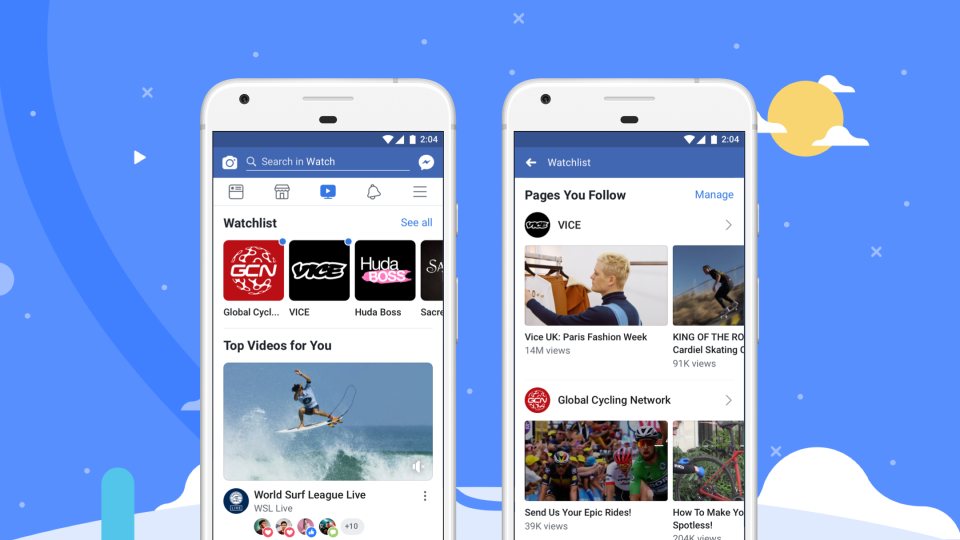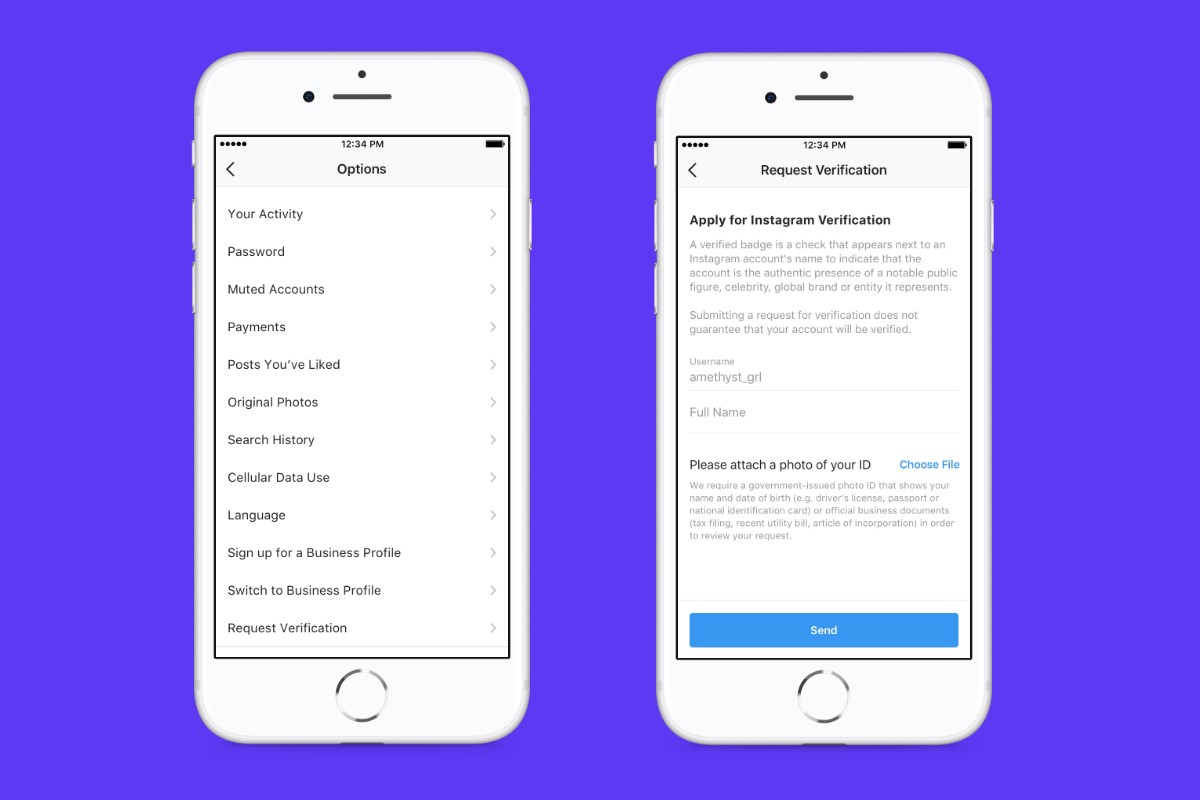The Week in Social: Charitable YouTubing, Instagram Verification, and Facebook Watch

Facebook Watch rolls out globally
After launching in the US last year, Facebook Watch is officially live internationally. For creators, it means content on Watch is even more accessible; for advertisers, it means more audiences can be reached via the platform. Speaking of which, pre-roll and mid-roll ad breaks have rolled out in four markets (with more to come soon), and creators will earn a share revenue when ads are displayed during their content.

Read more at Facebook Newsroom
Twitter is testing an unfollow feature
Social networks normally encourage users to follow more accounts, but Twitter may buck the trend. The company has tested a new timeline pop-up that prompts users to unfollow any accounts that they don’t usually interact with. “We know that people want a relevant Twitter timeline. One way to do this is by unfollowing people they don’t engage with regularly,” Twitter said in a statement about the test.
Read more at The Verge
YouTube makes it easier for communities to give back
No need to feel guilty for binge YouTube viewing – your favorite pastime can now be for a worthy cause. YouTube has simplified the process of using the platform for fundraising with YouTube Giving, an in-beta feature allowing viewers to contribute to approved non-profits through a “Donate” button directly underneath charitable content. Users can also “boost” their comments for a price, with proceeds going toward the relevant non-profit.

Read more at YouTube Creator Blog
Facebook turns to machine learning for translations
Facebook has started using an unsupervised machine learning system for translating content. Developed through a collaborative effort between the company’s AI Research and Applied Machine Learning divisions, the tool is intended to produce translations where Facebook’s existing bank of translations is lacking. The system is said to perform on par with a supervised machine learning model.
Read more at VentureBeat
Shockingly, AI can detect fake news better than humans
Researchers at the University of Michigan have developed an artificial intelligence system for detecting fake news, and surprising no one who has followed the real news in recent years, it does a better job than the average person. The AI has been found to spot phony articles with 76 percent success, compared to 70 percent for humans. If widely implemented, it wouldn’t be able to replace human editors but it could work alongside them – for example, the system is capable of finding grammatical patterns associated with disinformation that humans normally wouldn’t notice, but it’s incapable of fact checking, meaning people are still necessary to the process.
Read more at Digital Trends
Getting verified on Instagram is now easier
Adding that sacred blue tick next to your handle just got a bit easier. Instagram has announced several new security features, including a way for users to request to become a verified account holder from within the mobile app. If you’ve got a horde of fans and think you deserve the illustrious badge, you can click the ‘Request Verification’ button in the settings, where you’ll be asked to provide legal identification for the company to review.

Read more at Instagram Info Center
Uber, Netflix testing WhatsApp’s customer service solution
WhatsApp’s recently revealed Business API is now being tested by around 100 businesses, including big hitters such as Uber and Netflix. The tool lets businesses use WhatsApp as their customer support system, with enquiries and responses being handled within the messaging service. The API could become a major revenue source for the company, which scrapped its subscription fees back in 2016.
Read more at TechCrunch
Facebook trials a couple of new features
Two test features have popped up on Facebook this past week, both of which could be intended to help solve some of the platform’s woes. First off, link sharing appears to be headed to Stories, giving businesses more reason to use the ephemeral content format that hasn’t exactly been a hit with users. Also in the pipeline is an indicator that highlights the commonalities between strangers who are interacting in the same comments thread – something that has likely been devised to reduce division and toxic behaviour, as the company has explained the feature by stating that “Knowing shared things in common helps people connect.”
Read more at Social Media Today and Engadget